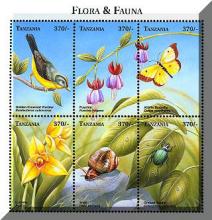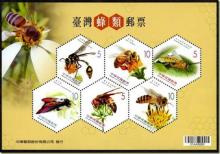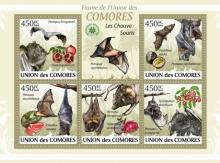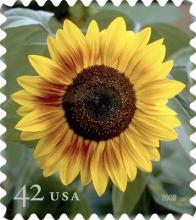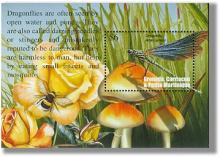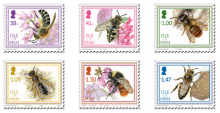Het ultieme bewijs dat imidacloprid bijensterfte veroorzaakt is geleverd
Het ultieme bewijs voor de bepalende rol van het neonicotinoide insecticide imidacloprid bij de sinds enkele jaren sterk verhoogde bijenvolksterfte (tabel 5 in de bijlage) wordt geleverd met een wiskundige vergelijking [Ln t50 (uren) = 5.11 – 0.22 Ln c (microgram L-1 of kg-1)] die het verband beschrijft tussen de blootstellingsconcentraties (c) en blootstellingstijd totdat een dodelijke werking (t50) optreedt. Als je dus weet met hoeveel imidacloprid de nectar en het stuifmeel (dat was meegenomen naar de bijenkast) besmet waren, kun je uitrekenen na hoeveel tijd bijensterfte zal optreden. Dat bleek in het onderhavige geval (op basis van literatuurgegevens) binnen 14 dagen te zijn. Aangezien winterbijen een levensverwachting van enkele maanden hebben, betekent deze dodelijke werking dus gegarandeerd het einde van een bijenvolk.



